In part 4 of this series on squats, I focus on body weight again, setting up lower-body conditioning routines you can do at home, outside in the park, or in the hotel when you’re on the road. These are some of my favorite go-to workouts when I’m on the road or don’t have time to get in a quick leg workout. As I have reiterated throughout this blog series (part 1, part 2, and part 3), regardless of your fitness goals, you can and should add some form or fashion of squats to your fitness routines.
A Quick Workout: AMRAP Challenge
This video is a 6-minute lower-body AMRAP challenge. Your goal is to follow the routine and complete the series for as many rounds as possible (AMRAP) in the 6 minutes. Keep in mind, if you’re a beginner, start with less time (start with 4 minutes) or fewer reps of the combination. I love doing this quick workout when time is limited and I need to get in a quick lower-body workout.
Follow order:
- Reverse Lunge
- BW Squat
- Reverse Lunge
- BW Squat
- Box Jump
- BW Squat (on Box)
- Step-down
- BW Squat
A Tougher Lower-body Workout
When I’m on the road but do have time to get a tough lower-body workout completed, I like completing the following six series combined for a workout. Start with the first video and work your way through all six challenges. This has a variety of work to be completed, from EMOMs (Every Minute on the Minute) to Ladders (x1–10 Reps). Again, keep in mind, if you’re a beginner, start with less time, fewer reps, or a combination of the six challenges. As you advance, add more time or complete more than one challenge together if time allows. Also, if time is short, just like the 6-minute lower body challenge, complete one of the challenges instead of all six.
CHALLENGE 1: 10 minutes EMOM (Every Minute on the Minute) x15 Bodyweight Squats
CHALLENGE 2: 3 rounds x15 R/L—Rear Foot Elevated Split Squats
CHALLENGE 3: 5 rounds x5 Reps—Squat Jumps w/Floor Taps
CHALLENGE 4: x10min EMOM (Every Minute on the Minute) x10 Single-leg Bridges (R/L)
CHALLENGE 5: Burpee Ladder x1–10 x1 Rep x2 Reps x3 Reps... x8 Reps x9 Reps x10 Reps—Finished
CHALLENGE 6: Alternating Split Squat Lunge Jumps—Ladder x1–10 x1 Rep x2 Reps x3 Reps... x8 Reps x9 Reps x10 Reps—Finished
Get “King of the Gym” Results Outside the Gym
Whether you’re taking a break from heavy back squats or just need variety, or possibly you’re on the road traveling, you have ways to focus on your lower-body strength without a barbell and rack. Throughout the four posts in this series, Instead of adding more weight to your back squats, you’re changing up the exercises to make it more difficult and challenging. Your squats can progress in a similar way if you’re not barbell back squatting: You can start by doing air squats with both legs, then progress to split squats, and eventually one-legged pistol squats, which are a lot more challenging. On the road, focus on body weight again and set-up lower-body conditioning routines.
As I have reiterated in each of the preceding posts, regardless of your fitness goals, some form or fashion of squats can and should be added to your fitness routines. The end result for your lower body is similar to what you can get from working out with “king of the gym” back squats.
This blog was written by Michael Blume, MS, SCCC; Athletic Performance Coach. To learn more about the NIFS bloggers, click here.


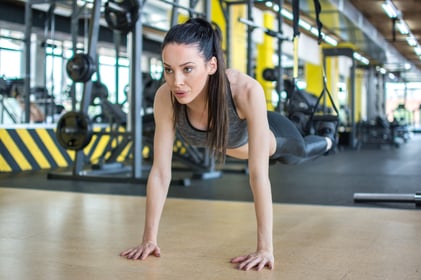 The uncertainty of the last few months has taken a toll both mentally and physically on everyone. Many people did not have access to gyms and instead did at-home bodyweight workouts or
The uncertainty of the last few months has taken a toll both mentally and physically on everyone. Many people did not have access to gyms and instead did at-home bodyweight workouts or 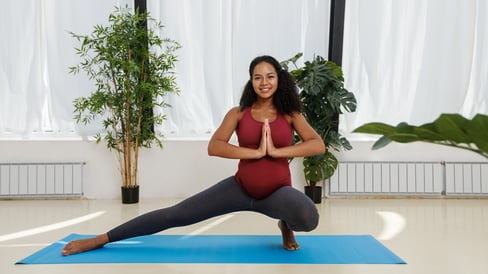 Today, the realities of the human body immediately after giving birth are less mysterious than ever, a development some attribute to a changing climate around motherhood. In the past women felt like they couldn’t talk about the after-effects of having a baby, let alone caring for other children at the same time.
Today, the realities of the human body immediately after giving birth are less mysterious than ever, a development some attribute to a changing climate around motherhood. In the past women felt like they couldn’t talk about the after-effects of having a baby, let alone caring for other children at the same time. 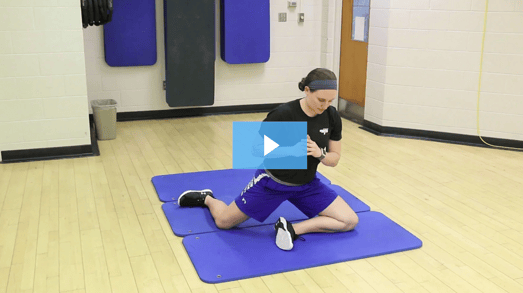
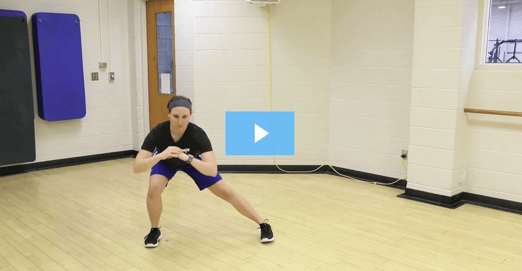
 I know what you’re thinking: PiYo…sounds like some contortionist/new yoga trend, doesn’t it? Only for the truly flexible mind-body gurus, right? On the contrary, PiYo—our NIFS Group Fitness Class of the Month—has made its mark over the last 10 years in the fitness world, and its actual format just might surprise you.
I know what you’re thinking: PiYo…sounds like some contortionist/new yoga trend, doesn’t it? Only for the truly flexible mind-body gurus, right? On the contrary, PiYo—our NIFS Group Fitness Class of the Month—has made its mark over the last 10 years in the fitness world, and its actual format just might surprise you.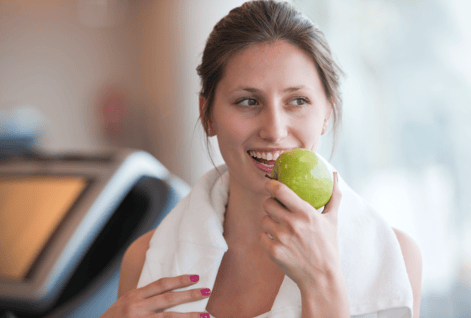 It’s coming…the holiday season! Many people tend to give up or have the “I’ll start fresh next year” mindset when it comes to exercise around the holidays. Don’t let that be you this year! Halloween is over and before we know it Thanksgiving and Christmas will be here. Parties will start, normal schedules will be crazy, and more food will be added to your life.
It’s coming…the holiday season! Many people tend to give up or have the “I’ll start fresh next year” mindset when it comes to exercise around the holidays. Don’t let that be you this year! Halloween is over and before we know it Thanksgiving and Christmas will be here. Parties will start, normal schedules will be crazy, and more food will be added to your life.
 Okay, so you may have been hearing the word “PiYo®” circulating these last few months within the world of group fitness. For those of you who feel like you do not completely know what it means or what the class entails, fear not. I guarantee you are not the only one with questions, and as a certified PiYo instructor, I would love to share a few reasons why I teach it, and the benefits that can come from practicing it.
Okay, so you may have been hearing the word “PiYo®” circulating these last few months within the world of group fitness. For those of you who feel like you do not completely know what it means or what the class entails, fear not. I guarantee you are not the only one with questions, and as a certified PiYo instructor, I would love to share a few reasons why I teach it, and the benefits that can come from practicing it. Surprisingly, for many of us (myself included), just using our own bodyweight for certain exercises can be challenging enough. From moves like triceps pushups, to lunges, to side planks, 140+ pounds begins to feel really heavy really quick! PiYo® takes many of these simple-to-learn yet challenging moves and combines them with aspects such as “time under tension” and dynamic pulses to keep the body moving the whole time.
Surprisingly, for many of us (myself included), just using our own bodyweight for certain exercises can be challenging enough. From moves like triceps pushups, to lunges, to side planks, 140+ pounds begins to feel really heavy really quick! PiYo® takes many of these simple-to-learn yet challenging moves and combines them with aspects such as “time under tension” and dynamic pulses to keep the body moving the whole time. 